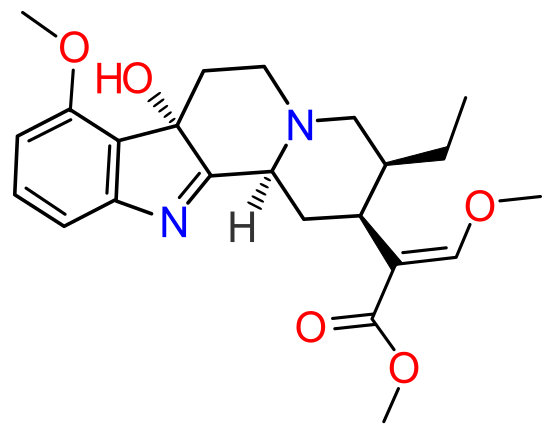
Scientists from British Columbia Institute of Technology and University of Illinois published a study that examines five 7-hydroxymitragynine (the abbreviation 7-OH has become popularized, but the scientists use 7-HMG in this study) products marketed as “kratom extracts”.
A kratom extract is a concentrated form of the kratom plant made by extracting its active alkaloids, of which there are over 50. Products containing elevated 7-OH are not manufactured in the same way. The authors explain:
7-HMG is a human metabolite of mitragynine and is found occasionally at trace levels in kratom leaf post-harvest, as a by-product of oxidation. To achieve levels of 7-HMG as found in these commercial products would require the addition of exogenous 7-HMG or chemical conversion of mitragynine to the oxidation product. Given that mitragynine in kratom leaf is typically <1.0% and usually not exceeding 2.5% on a dry weight basis and the determined levels of 7-HMG in these products are significantly greater, it is likely highly concentrated extracts or an isolate of kratom alkaloids is used as a substrate for the synthetic transformation. Regardless, any processes used to elevate 7-HMG content would essentially create a new synthetic product that would be so different from natural kratom leaves that it could no longer be considered “kratom” in any meaningful sense of the term.
Thus, the scientists say, “mislabeling of these products as kratom is misleading to consumers who may believe they are ingesting a botanical product with a long history of safe use.”
In reading the chromatography data of the samples, the scientists also pointed to “the presence of peaks not observed in the native leaf material indicating the presence of compounds not naturally occurring in kratom that are likely byproducts of the process undertaken to synthetically convert mitragynine to 7-HMG. Consumers of these products may also be exposed to potentially toxic compounds with completely unknown risk profiles.”
In a 2022 interview with Kratom Science, Chris McCurdy, a medicinal chemist who has been studying kratom for two decades, explained the 7-OH oxidation process that had been occurring in some home laboratories:
You get increases in 7-hydroxy but it’s a non-specific oxidizing event, so you oxidize every single chemical that’s in that plant. What the result of that is, I don’t know. Most people like to take antioxidants for the benefits of health, and so the thought of taking a whole bunch of oxidized molecules into your body is really not an intelligent thing to do if you want to be on this Earth for a while. The second thing is, quite frankly, people were reporting these are non-toxic oxidizers, and that’s just false. I’m not going to go out and buy a chemical that says it’s oxidizing but it’s non-toxic. It’s non-toxic to the environment because it can be diluted out. But if you go and take a spoonful of those oxidizers along with your kratom, you might as well get yourself ready for the emergency room because it’s going to be pretty ugly.
Evidence for the risk profile of 7-OH remains sparse. Recent press releases from the Los Angeles County Health Department have attributed six deaths to 7-OH overdoses, however the department’s own medical examiner reports do not list 7-OH as a primary cause, and all six decedents had alcohol in their system. (At the very least, it’s a good idea never to combine kratom or 7-OH with alcohol and other drugs). The announcements came around the same time as the California Department of Public Health’s massive seizure of both kratom and 7-OH products despite the lack of state prohibition laws.
Should 7-hydroxymitragynine receive a Schedule I designation by the Drug Enforcement Administration, scientists will have legal hurdles to continue studying the compound and determine a more accurate risk profile. The manufacturing dangers of underground production will exacerbate the current legal-gray-area production and be even more difficult to monitor than they are now. Producers could turn to even more potent alkaloids to develop even riskier products.
The authors of this study do not explicitly advocate for full prohibition in either Canada or the US, but they do express the opinion that 7-OH should be removed from the market.
